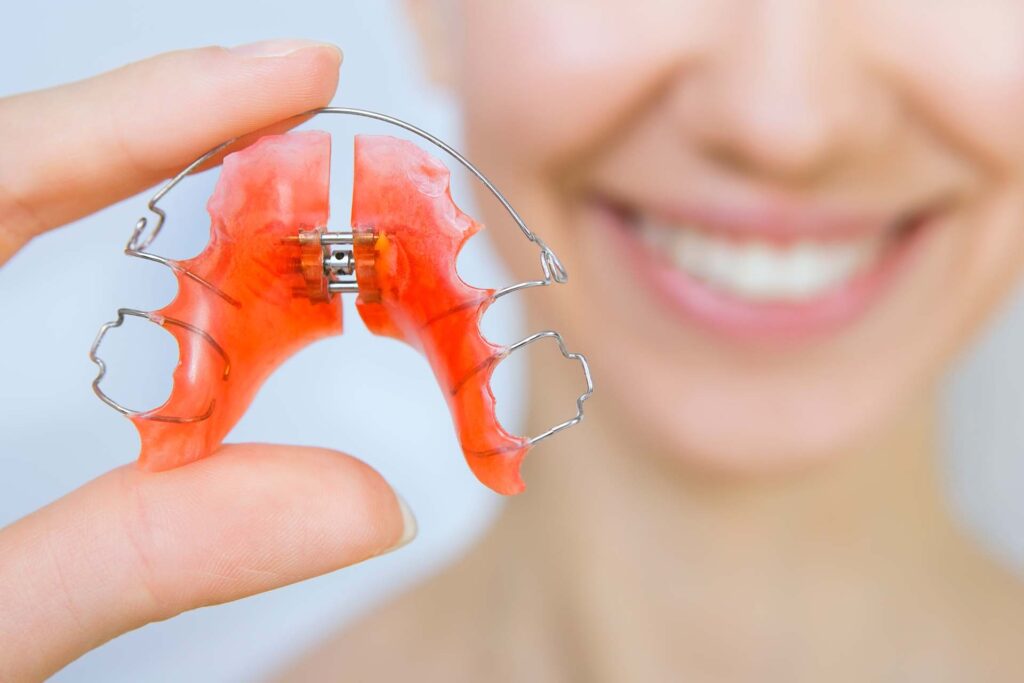Understanding Retainers: The Key to Maintaining Your Smile
A retainer is a device designed to keep your teeth in their straightened position after orthodontic treatment. Retainers are made from clear plastic, acrylic, or wires that fit snugly over or behind the teeth. Their primary purpose is to minimize the natural tendency of teeth to revert to their original positions over time.
By wearing retainers as prescribed, patients can ensure the longevity of their orthodontic results, keeping their smiles straight and beautiful.
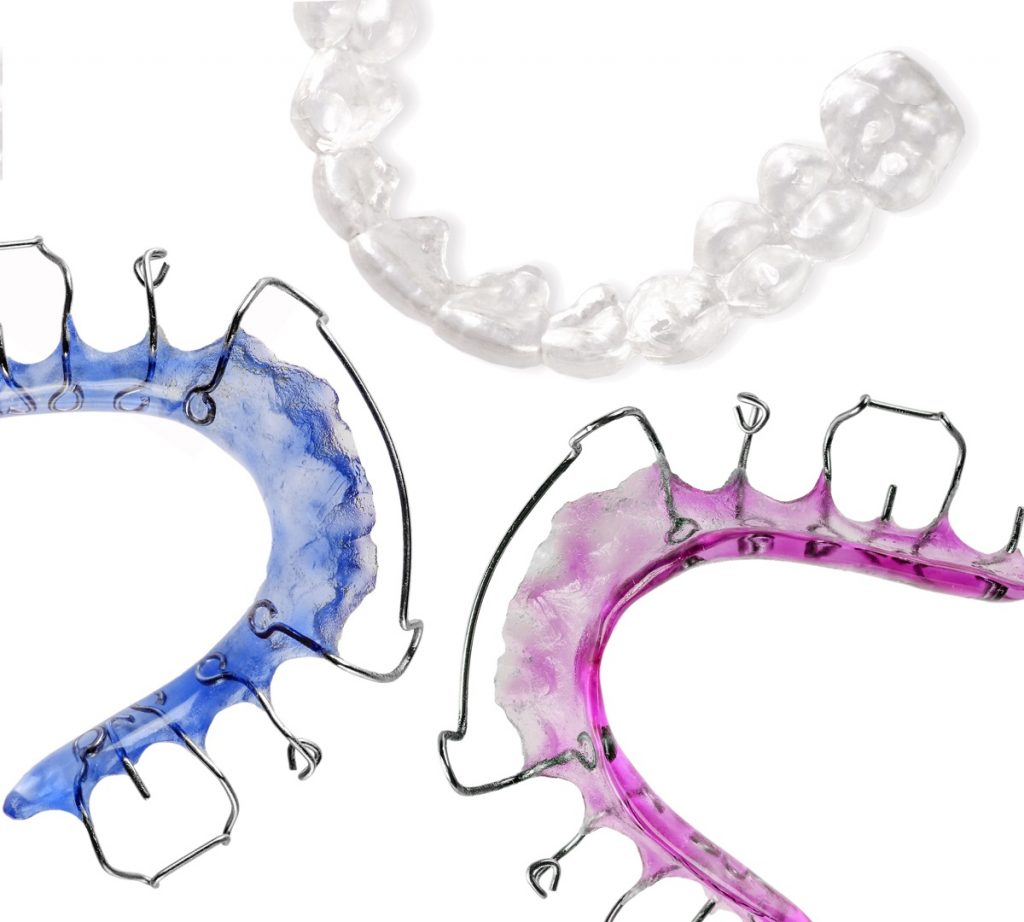
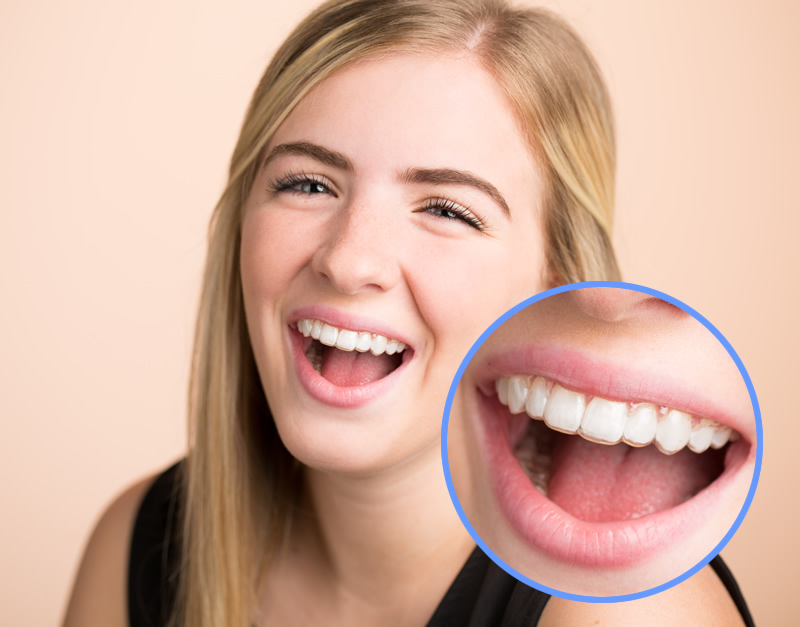
Do I Need a Retainer?
Everyone undergoing orthodontic treatment should utilize a retainer as the final step in their smile journey. You’ve worked hard to achieve that incredible smile, and retainers keep your teeth straight and minimize relapse.
Besides keeping the teeth straight, retainers are crucial for supporting the bone around your teeth as they adapt to their new positions. Our bodies and teeth naturally change over time. By wearing a retainer, you’re proactively minimizing the changes in the correction you’ve achieved.
Proper Care for Your Retainer
Here’s a step-by-step guide to ensure your retainer remains effective and lasts for years:
- Daily Cleaning: Your retainer needs daily attention, like your teeth, because bacteria can grow on a dirty retainer. Gently brush it with a soft-bristled toothbrush and water. Also, consider soaking it at least once a week in a retainer-cleaning solution to prevent build-up. However, avoid using hot water as it can cause damage.
- Safe Storage: It’s easy to misplace or damage a retainer. Always put the retainer in its protective case when you’re not wearing it. Safe storage keeps retainers clean and minimizes the risk of breakage or loss. “If it’s not in your face, it should be in your case.”
- Avoid using products with alcohol or bleach: These chemicals can damage the retainer and may be harmful when ingested.
- Handle with Care: When inserting or removing your retainer, gently use both hands to prevent unnecessary stress or bending.
- Regular Check-ups: Over time, retainers can wear out or might not fit as snugly. Consult your orthodontist if you feel your retainer no longer fits as it did at first.
- Orthodontist Guidance: Remember that your orthodontist is your best resource. They will provide specific care instructions tailored to your type of retainer.
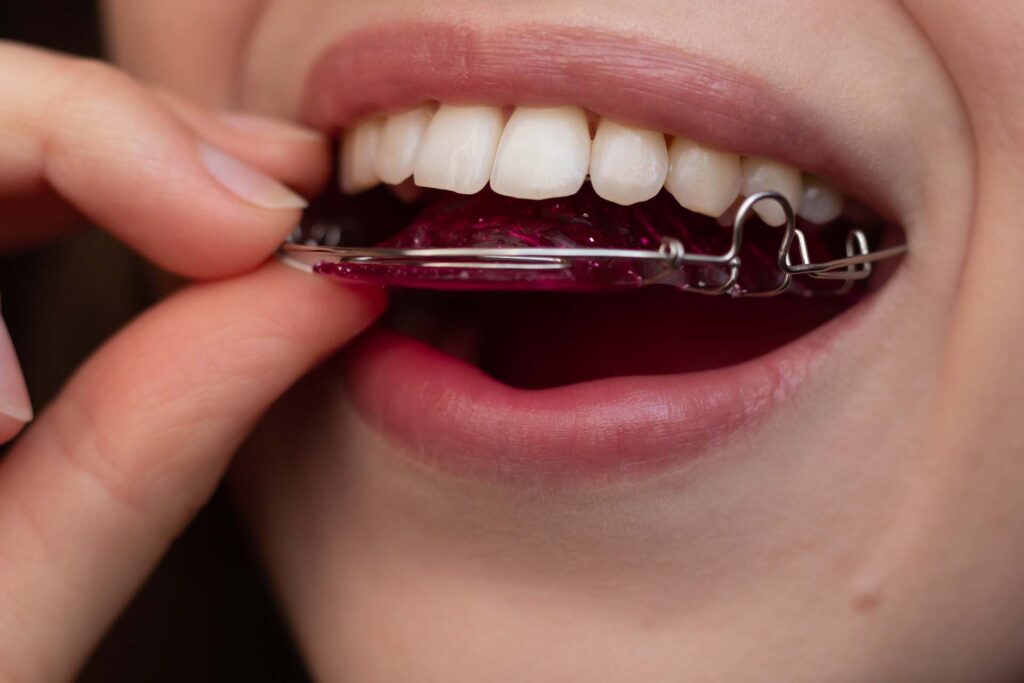
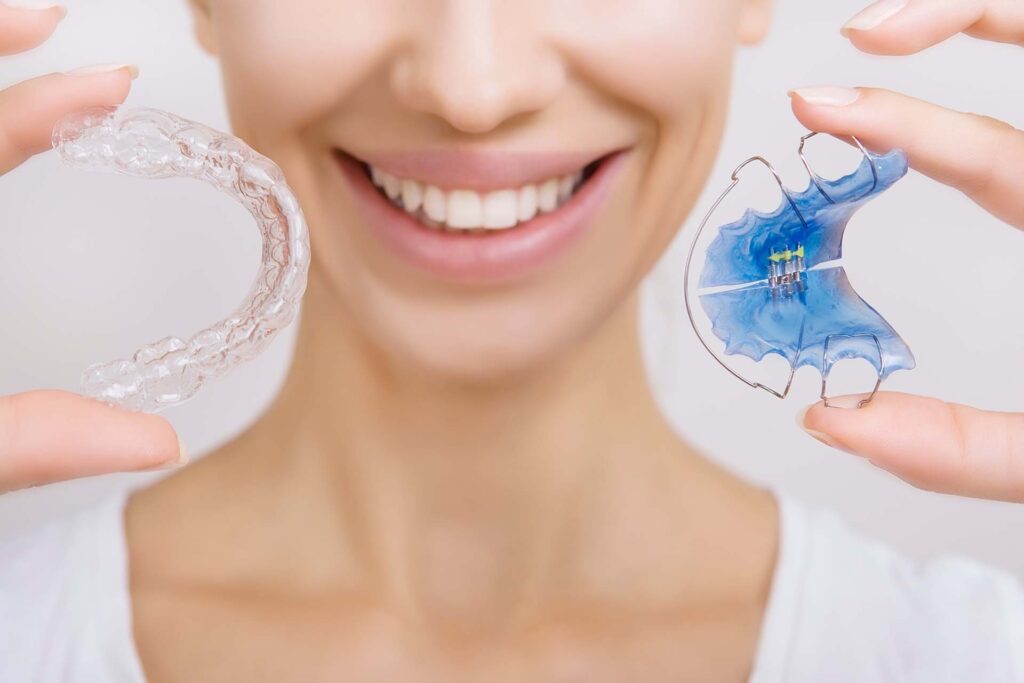
Retainer Cost and Insurance
The cost of your first set of retainers is often part of the overall orthodontic treatment fee. Replacement retainers may be a separate fee.
Insurance coverage varies widely, so it’s best to consult your provider for specific details about your policy.
Types of Retainers
Hawley retainers, commonly referred to as wire retainers, consist of a combination of acrylic or hard plastic and a metal wire. Designed for comfort, the retainer sits either on the roof of your mouth or under your tongue, with the wire providing support to the teeth. The wire retainer can often be personalized with a variety of colors and designs.
Clear Retainer
Clear retainers are removable plastic trays that sit over your teeth. They can be worn following orthodontic treatment to maintain your results.

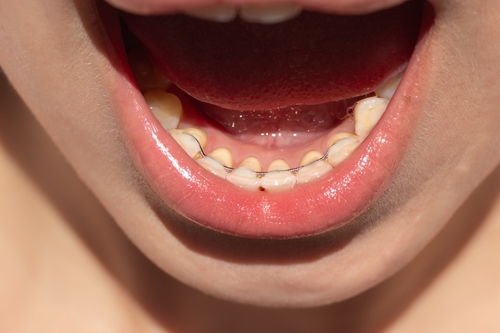
Fixed Retainer
A fixed or permanent retainer is a custom-fitted slender wire cemented or bonded to the inner side of either the upper or lower teeth.
Frequently Asked Questions
Retainers are a crucial component of the orthodontic journey, and it’s natural to have questions. If you can’t find an answer, contact your AAO orthodontist for help.
Preserve Your Smile’s Perfection
You’ve dedicated time and effort to attain a straight, beautiful smile—don’t let it diminish. Retainers are the key to preserving the flawless alignment you’ve achieved. If you’re uncertain about the right retainer or how to care for it, rely on the experts. Contact an AAO-affiliated orthodontist to ensure the brilliance of your smile lasts a lifetime. Find an orthodontist nearest you today.
